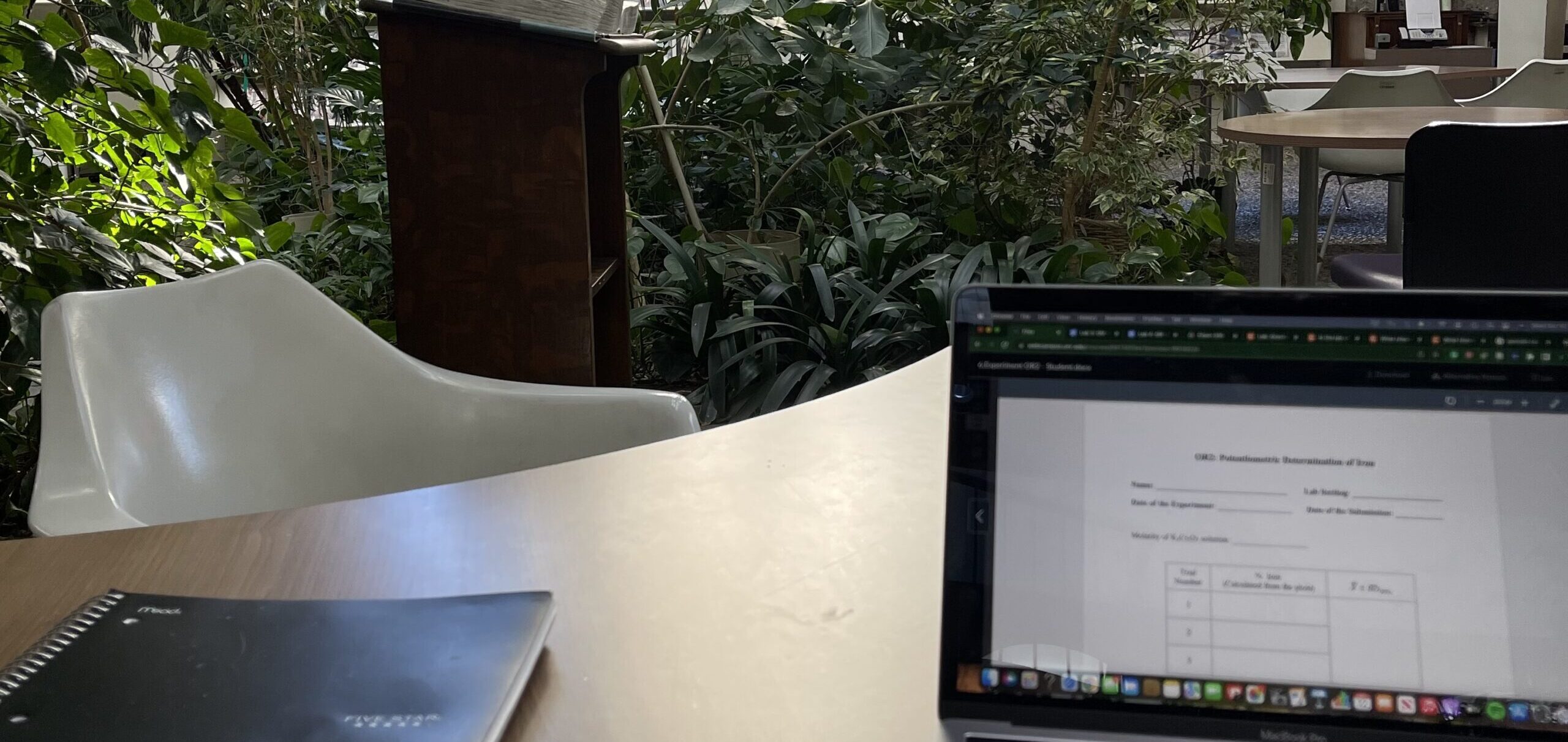In my 4th year of undergrad, I was taking a painfully difficult Biochemistry class that offered an end-of-year extra credit opportunity
A 5 to 10-minute presentation covering current research in the field of Biochemistry, with a class vote determining who receives the most credit. The pressure was on to give a stellar presentation
The only issue was that our group lost track of where we were! Our main point became the introduction and the supporting arguments were lost among um’s and uh’s
Looking back, I wish we would have known about the Loci Method to keep our presentation flowing smoothly
Think of ‘loci’ as short for location. We make use of spatial memories to reflect the route we take in the material’s sequence
The Loci Method is best used to prepare for presentations or memorize long sequences of information
Gather Your Materials
Collect and prepare the information you need to recite. Have this ready before you begin your studies, preferably in the sections and order you need to recite it in
The only other thing you’ll need is your mind!
How It Works
Outline your presentation, either on flashcards or on paper
Now picture a familiar path or location, one that when you close your eyes you can navigate by memory
Now imagine the way you might navigate this space, wandering from one room to the next and defining your path
Ex. You’re heading home from class, you head out the auditorium doors, through the squeaky halls, out to the sidewalk, cross the street at the stop light…
The locations, or loci, in this example are the doors, halls, sidewalk, and crosswalk
They might even be more specific like the door handle, posters on the hallway wall, or a bench along the sidewalk
Now, pair portions of your presentation with the pathway you have visualized; travel through your pathway in your mental picture
For instance, the auditorium doors are your introduction and the squeaky halls are your first argument

Tips for Success
1. Start small
Practice with small speeches before graduating to longer ones to implement this strategy
2. Use a familiar place
Don’t pick a location you’ve only been to once or twice, pick somewhere you’ve been thousands of times so that you can “visit” that place by memory
3. Visualize as you go
Try to visualize each place or item as you travel through your spatial memory to commit your information to each thing
Can this be applied to other things?
This is also incredibly helpful for memorization of long lists of information (eg. shopping lists)
You can also use this for equations and maths, for example memorizing the digits in pi or the numbers in Avogadro’s number

